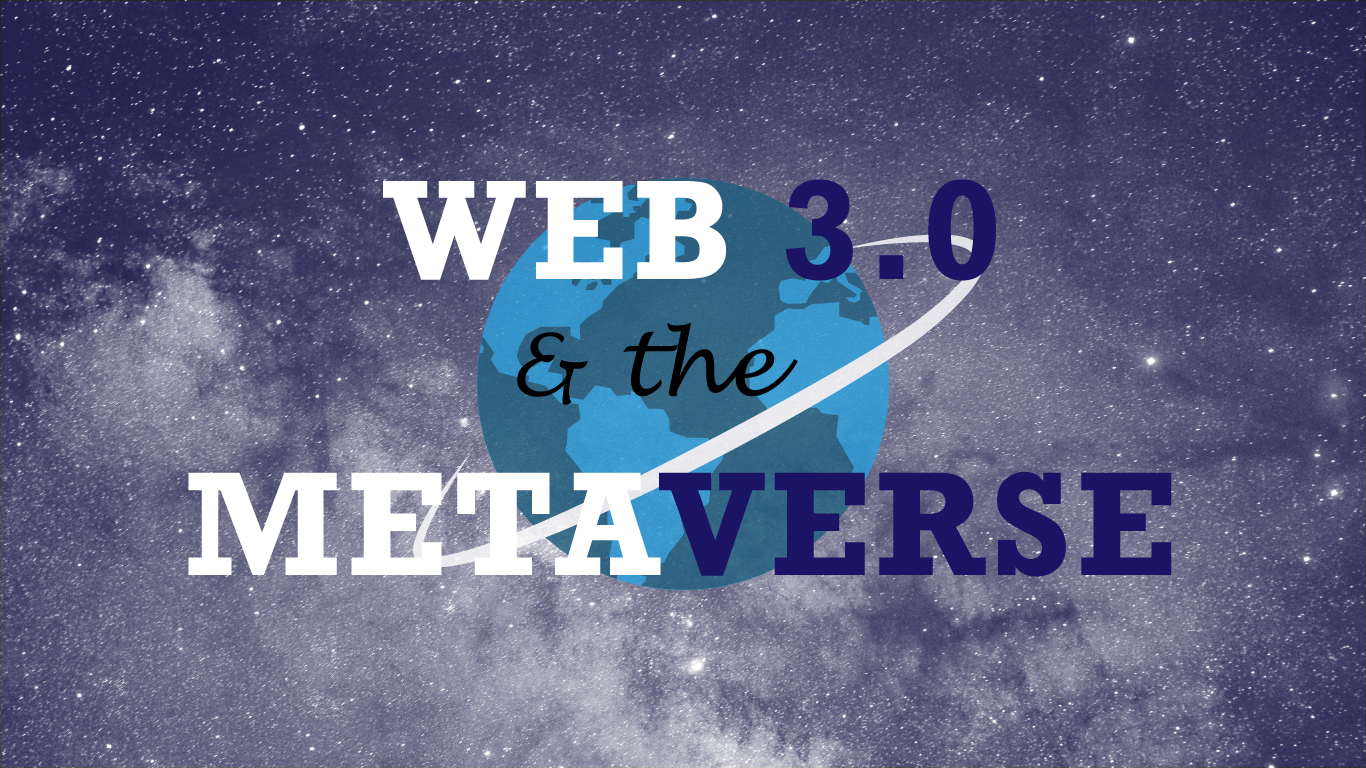The internet is constantly changing; the version we use today is very different from the slow, text-heavy one we all thought was the bomb back in the 1990s, and the internet of the future will be a completely different creature.
The terms “Web 3.0” and “the metaverse” are frequently used, but they are not the same thing if you have been following predictions for how the internet of the future will look and work.
Here are the differences between Web 3.0 and the metaverse and what each means for your online future.
Web 3.0.
The foundation of Web 3, or Web 3.0, is the idea of building a completely decentralized ecosystem. This emerging field of technology believes that the issues facing the modern internet and online ecosystem can be resolved by utilizing the power of artificial intelligence, machine learning, and cutting-edge technologies like blockchain.
What is the Metaverse?
Virtual reality, which is characterized by persistent virtual worlds that continue to exist even when you’re not playing and augmented reality, which combines elements of the digital and physical worlds, are two examples of the technologies that companies generally refer to when they discuss “the metaverse.”
Web 3.0 vs. Metaverse
Because both Web 3.0 and the Metaverse are built using blockchain technology and offer an unprecedented level of access, they are related to one another. They are regarded as this generation’s most cutting-edge technologies. Both need to be built using the most recent web technologies.
Both innovations rely heavily on artificial intelligence (AI), which is their primary technology. It offers users interfaces that are fault-free. AI is used in Web 3.0 development for semantic connections and in the metaverse for 3D modeling. When they are combined, they can offer investors a number of advantages, including:
KIND VALOR
Access to blockchain projects involved in major trends is provided.
Cryptocurrencies
Used to buy or sell products in the metaverse’s digital marketplace.
Why Should You Invest in the Metaverse and Web 3.0?
While investing in these two areas of technology carries no significant risk, doing so in the IT sector does. Users of Web 3.0 have complete control over their data and assets, enabling them to completely recreate their content.
They are able to examine and share their data. Web 3.0 users have the freedom to vote on the platforms they want and to own their tokens because they are not dependent on centralized repositories.
On the Metaverse platform, the possibility of significant gains is exchanged for the risk of losing everything. Investing in the metaverse can increase profits, create bridges between the physical and virtual worlds, and draw in new clients.
The metaverse’s operations make it possible for marketing strategies to be carried out effectively and to unite brands. Additionally, the metaverse offers a chance to increase sales by encouraging the creation of new virtual goods such as Non-fungible Tokens or NFTs as they are more commonly known.
Conclusion
The blog lists the critical distinctions between Metaverse and Web 3.0. Although they both primarily refer to different concepts, they are closely related. Web 3.0 and metaverse, an integration of disjointed metaverses, can be considered by-products of machine learning techniques.
Decentralized repositories will be explicitly implemented in the virtual world by the Metaverse with Web 3.0. The future of technology will be shaped by Web 3.0 and the metaverse, returning the investment on its own. If you want to create a solution-based web3, consult Web3 Development Company now.








